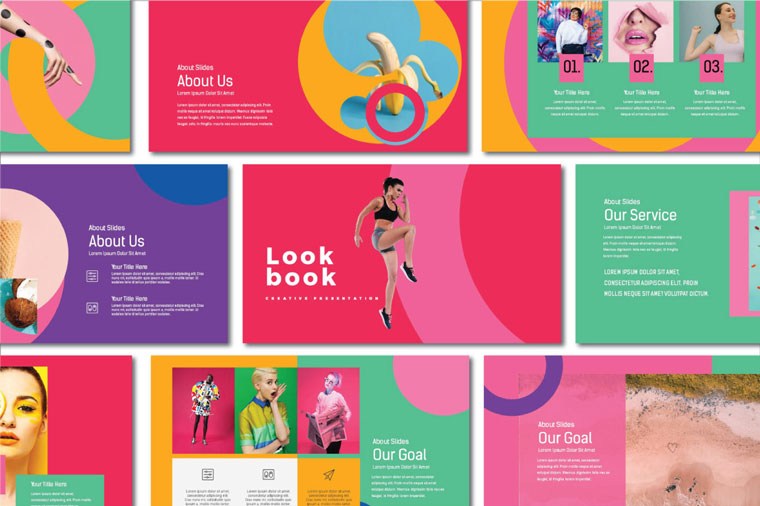

If it applies, inform the audience whether to take notes or whether you will be providing handouts.Signal whether you want audience interaction - some presenters prefer the audience to ask questions throughout whereas others allocate a specific section for this.Show a preview of the organisation of your presentation.Provide a statement of what you're hoping the outcome of the presentation will be, for example, "I'm hoping this will be provide you with.".State your presentation's purpose - this is the basis of your presentation so ensure that you provide a statement explaining how the topic will be treated, for example, "I will argue that…" or maybe you will "compare", "analyse", "evaluate", "describe" etc.State the issues/challenges in this area you will be exploring.It's sometimes helpful to think of your introduction as funnel-shaped to help filter down your topic: In the introduction you need to explain the subject and purpose of your presentation whilst gaining the audience's interest and confidence.
BEST KEYNOTE PRESENTATION EXAMPLES HOW TO
Read our tips on How to Start a Presentation Effectivelyįast-track your career with award-winning courses and realistic practice.

This will help establish your ethos so the audience will trust you more and think you're credible. It gives you the chance to briefly clarify your expertise and why you are worth listening to. This does not need to be long or incredibly detailed, but will help build an immediate relationship between you and the audience. Greet the audience and introduce yourselfīefore you start delivering your talk, introduce yourself to the audience and clarify who you are and your relevant expertise. It allows your audience to easily follow along and sets out a solid structure you can add your content to. This is the usual flow of a presentation, which covers all the vital sections and is a good starting point for yours. What is the typical presentation structure? You can add in certain elements and add more focus to certain moments if that works better for your speech. When reading the points below, think critically about what things may cause your presentation structure to be slightly different. What are the main points your audience should remember afterwards?.Your ability to use any kinds of visual assistanceīefore choosing the presentation's structure answer these questions first:.Any time constraints there are for your talk.How much interaction you want from the audience.How knowledgeable the audience already is on the given subject.Whether you need to deliver any demonstrations.However, you should be aware that all presentation structures will be different in their own unique way and this will be due to a number of factors, including: Generally speaking, there is a natural flow that any decent presentation will follow which we will go into shortly. What will affect your presentation structure? A good structure helps you remain calm, stay on topic, and avoid any awkward silences. In fact, not only is structuring a presentation important for the benefit of the audience’s understanding, it’s also important for you as the speaker. Research has supported this, with studies showing that audiences retain structured information 40% more accurately than unstructured information. Instead, it’s because they know how to structure presentations - they have crafted their message in a logical and simple way that has allowed the audience can keep up with them and take away key messages. This isn’t because the speaker was the most knowledgeable or motivating person in the world. If you’ve ever sat through a great presentation, you'll have left feeling either inspired or informed on a given topic. Why is structuring a presentation so important?

Here is our complete guide for structuring your presentation, with examples at the end of the article to demonstrate these points. However, if you take some time to understand how effective presentations are structured and then apply this structure to your own presentation, you’ll appear much more confident and relaxed. How to Structure your Presentation, with Examplesįor many people the thought of delivering a presentation is a daunting task and brings about a great deal of nerves.


 0 kommentar(er)
0 kommentar(er)
